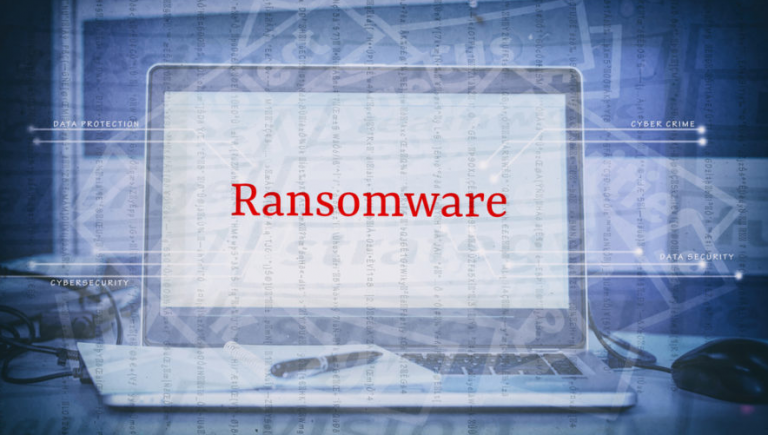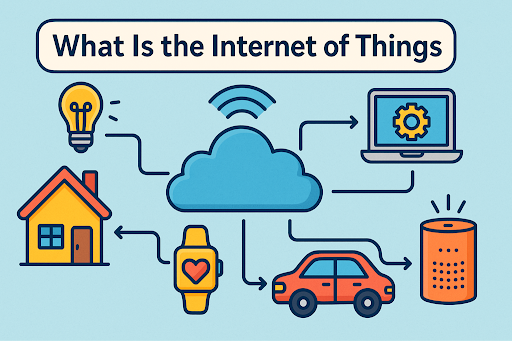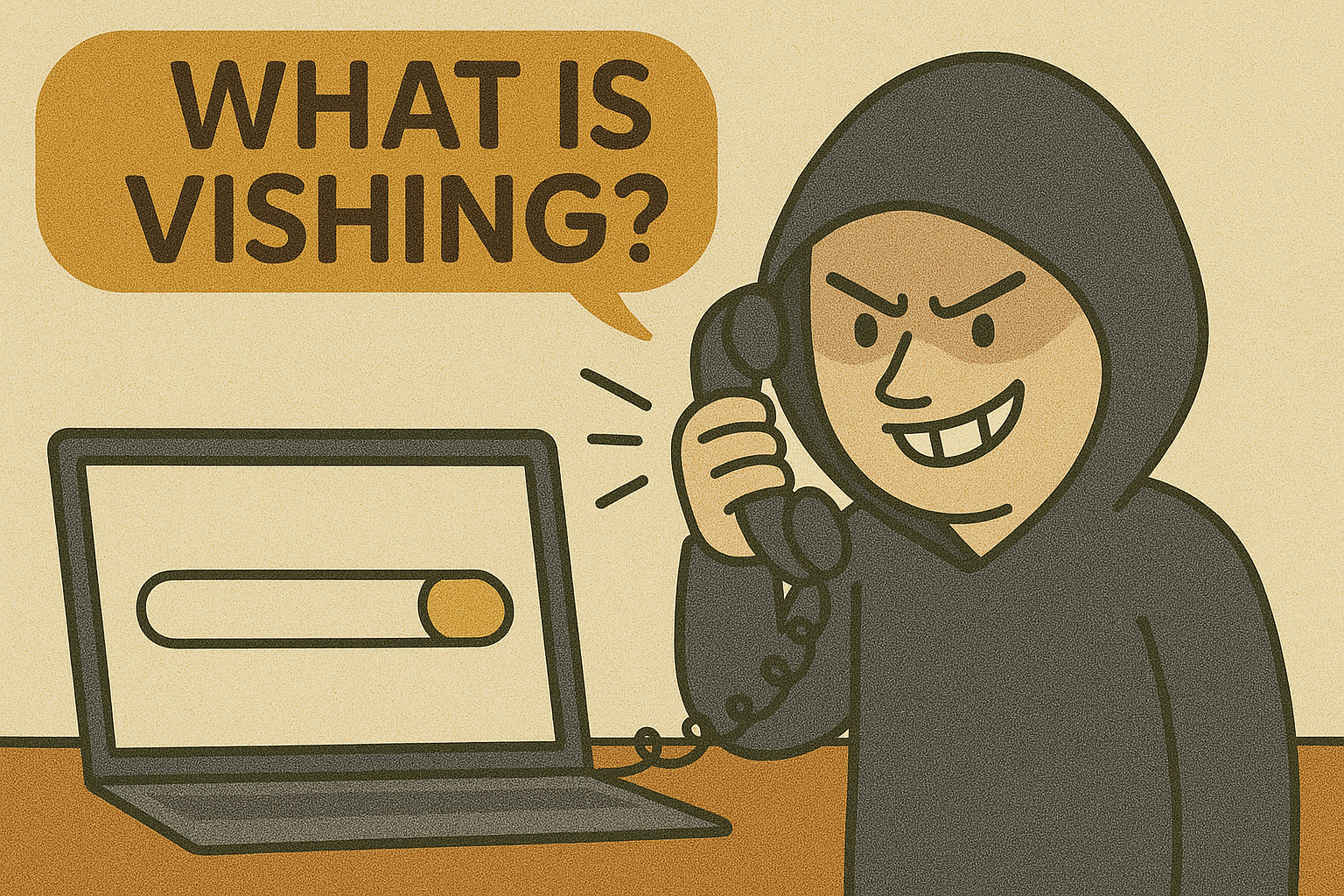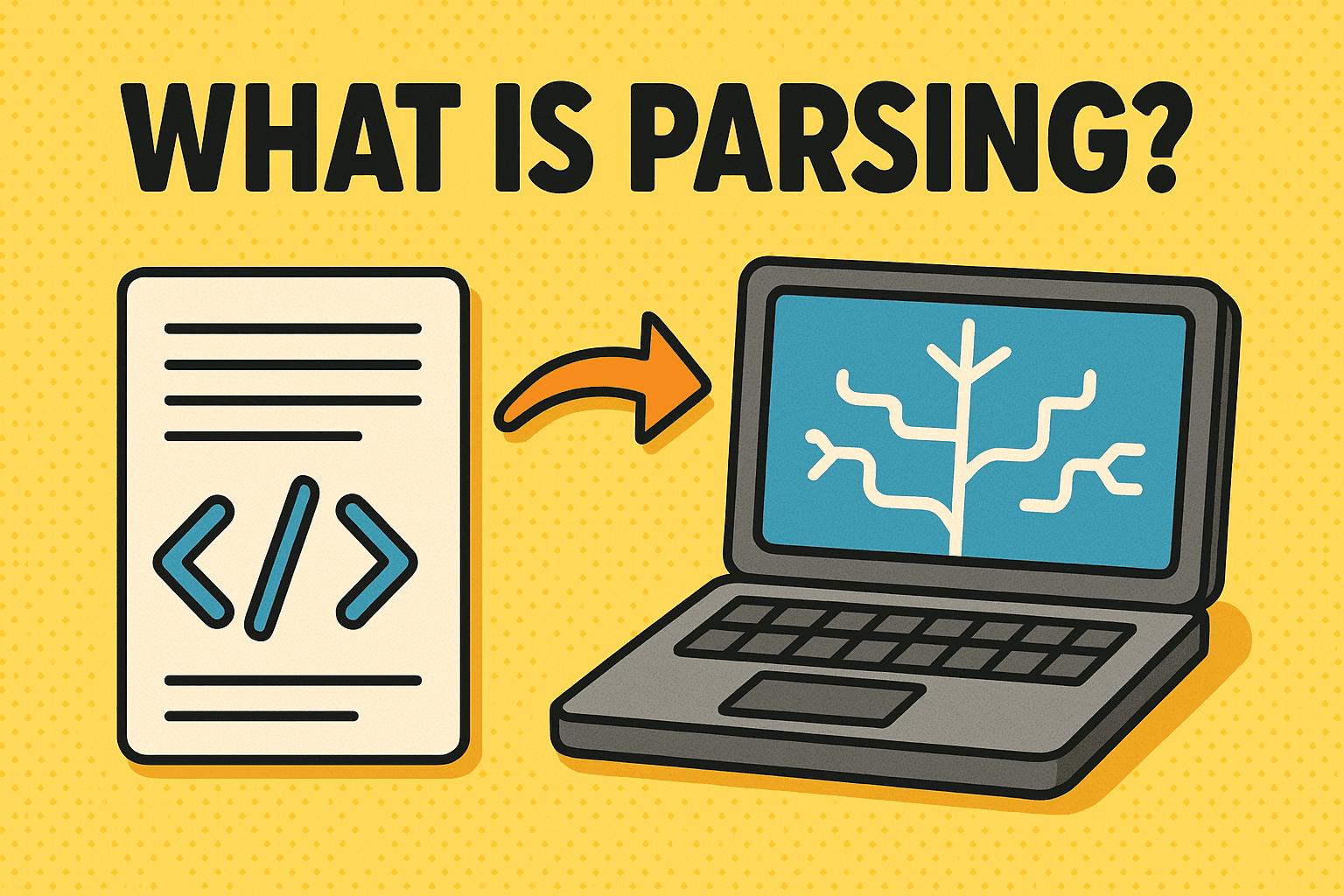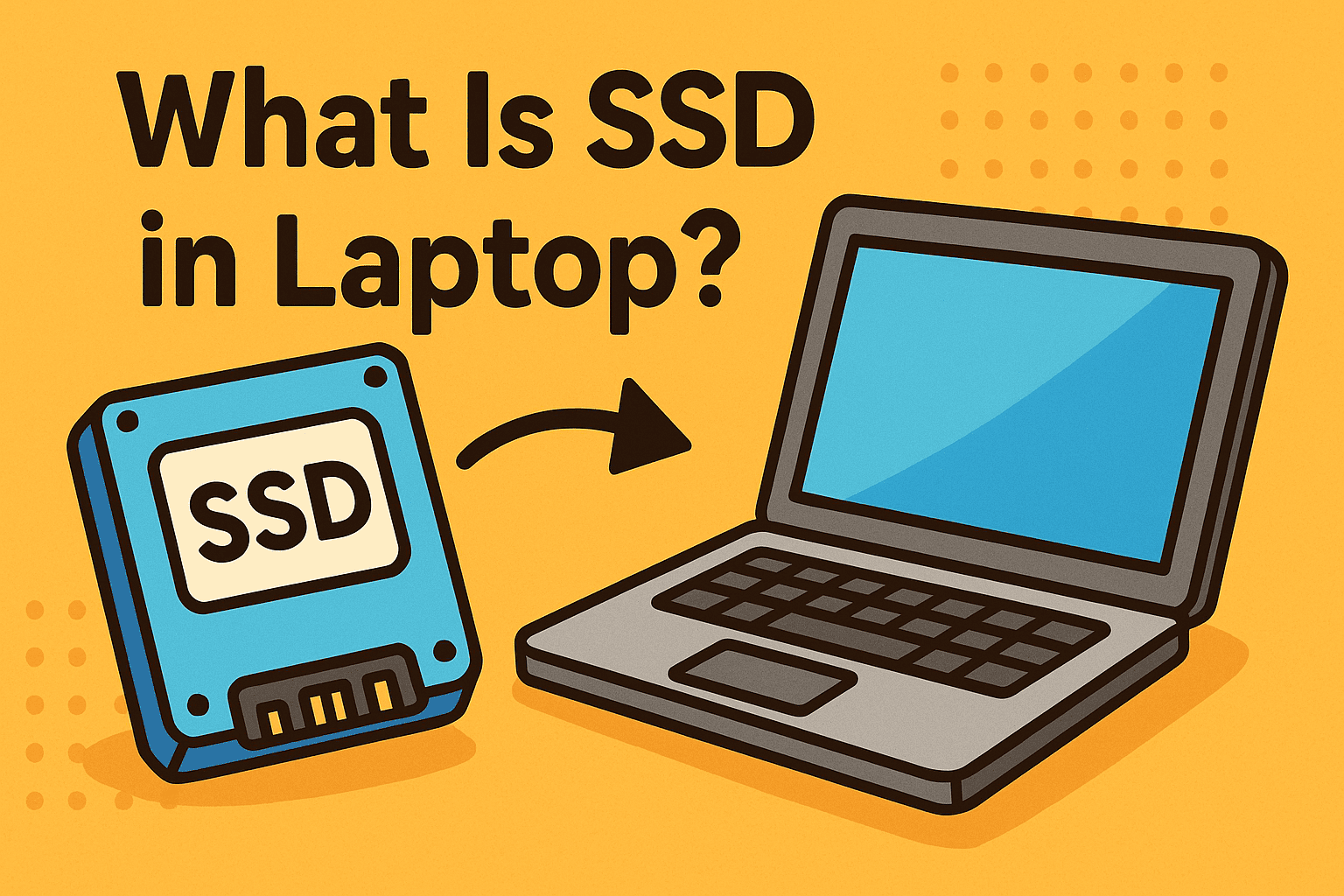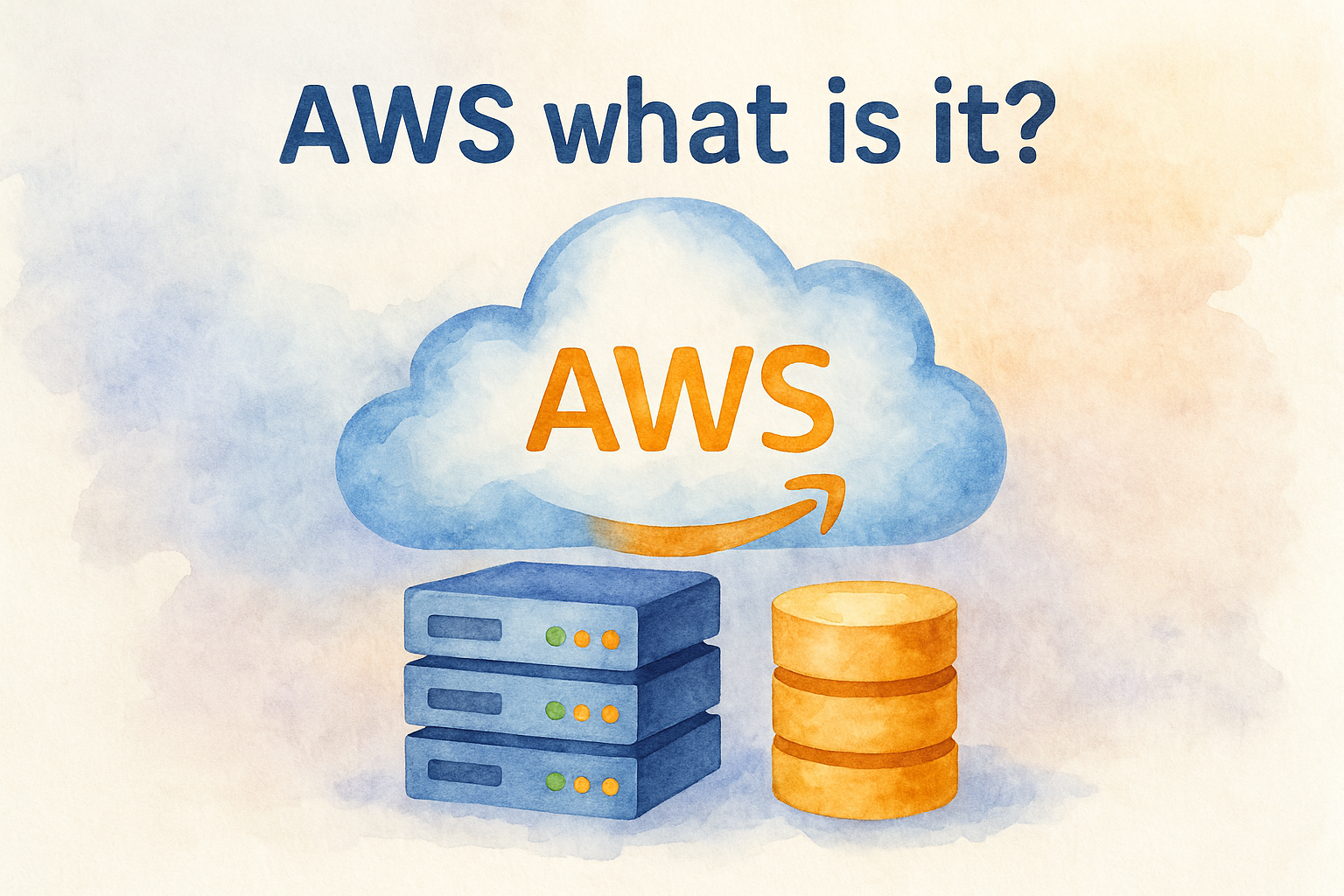What Is a DDoS Attack? Understanding the Threat and How to Prevent It
Updated on June 18, 2025, by Xcitium
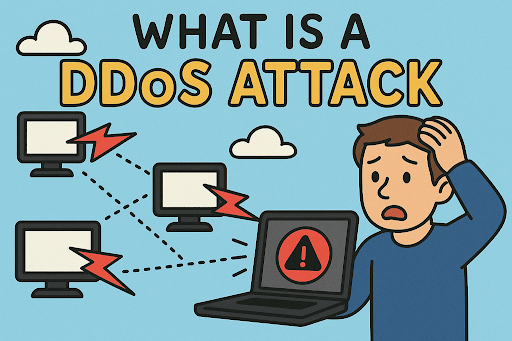
What is a DDoS attack, and why should it be on every IT manager’s radar? If your website or server suddenly crashes, becomes sluggish, or goes offline entirely, you may be under a DDoS attack. These attacks are not only disruptive—they’re costly, dangerous, and increasingly common.
In this guide, we’ll explain the DDoS attack meaning, how it differs from DoS, offer real-world DDoS attack examples, and provide essential strategies to help prevent DDoS attacks.
What Is a DDoS Attack?
A DDoS attack stands for Distributed Denial of Service. It’s a malicious attempt to overwhelm a target server, service, or network by flooding it with excessive internet traffic. This surge comes from multiple systems, often hijacked devices from around the world.
The primary goal is to disrupt normal operations, rendering websites, servers, or applications inaccessible to legitimate users.
DDoS Attack Meaning vs. DoS: What’s the Difference?
While similar in nature, DoS (Denial of Service) and DDoS (Distributed Denial of Service) attacks differ in scope and execution.
| Feature | DoS Attack | DDoS Attack |
| Source | Single machine | Multiple compromised systems |
| Scale | Limited | Massive and widespread |
| Detection | Easier | Harder due to multiple origins |
| Effectiveness | Moderate disruption | Severe, sustained outages |
DDoS Attack Example: Real-World Disruption
To understand the severity, consider this:
The Dyn Attack (2016)
In one of the most infamous DDoS attacks, DNS provider Dyn was targeted, causing widespread outages for major sites like Twitter, Reddit, Netflix, and Airbnb. The attack was launched using a botnet of IoT devices infected by the Mirai malware.
This incident demonstrated how vulnerable even large-scale infrastructure can be to a well-executed DDoS attack.
How Does a DDoS Attack Work?
A typical DDoS attack involves three core steps:
- Botnet Creation: Attackers infect multiple devices (PCs, servers, IoT devices) with malware to form a botnet.
- Attack Initiation: The botnet floods the target with massive traffic.
- Service Disruption: The target system becomes overwhelmed and either slows down or crashes entirely.
Common DDoS Attack Techniques:
- UDP Flood: Overloads the target with User Datagram Protocol packets.
- SYN Flood: Exploits TCP handshakes to consume server resources.
- HTTP Flood: Sends seemingly legitimate HTTP requests to exhaust resources.
- Amplification Attacks: Exploits vulnerabilities in DNS or NTP to amplify traffic.
Why Are DDoS Attacks So Dangerous?
1. Downtime and Financial Loss
A DDoS attack can take your services offline for hours or days. For e-commerce platforms, this can result in lost sales and angry customers.
2. Reputation Damage
Customers and stakeholders may lose trust in your brand’s reliability.
3. Distraction for Other Attacks
Sometimes, DDoS attacks are a smokescreen for more insidious threats like data breaches or ransomware.
4. Legal and Compliance Issues
If service disruption affects user data or violates uptime SLAs, there may be legal consequences.
Who Is at Risk?
DDoS attacks target businesses of all sizes across industries:
- Financial institutions
- Healthcare providers
- Government agencies
- Gaming and media platforms
- Retail and e-commerce
How to Prevent DDoS Attacks
While DDoS attacks can’t always be predicted, you can minimize risk with the right strategy:
1. Invest in DDoS Protection Services
Use third-party services (like Cloudflare, Akamai, or AWS Shield) that provide real-time filtering and mitigation.
2. Use Firewalls and Intrusion Detection Systems (IDS)
Set up network-level filtering to detect unusual spikes in traffic.
3. Rate Limiting
Limit the number of requests from a single IP within a time window.
4. Monitor Traffic Patterns
Establish baselines and flag unusual behavior immediately.
5. Have a Response Plan
Create a DDoS-specific incident response playbook that outlines mitigation, communication, and recovery steps.
6. Use Redundant Network Resources
Distribute your infrastructure across different servers or data centers.
DDoS Protection by Industry
Every industry has its unique threats. Here’s how different sectors can tailor DDoS protection:
Financial Services
- Implement 24/7 monitoring and automated blocking.
- Use behavioral analytics to detect botnets.
Healthcare
- Secure electronic health record (EHR) systems.
- Maintain HIPAA compliance even during attacks.
E-Commerce
- Leverage CDN services to distribute traffic.
- Enable automatic scaling during traffic spikes.
SaaS Companies
- Build in failover and redundancy mechanisms.
- Run regular stress tests to evaluate readiness.
Signs of a DDoS Attack
Recognizing the symptoms early can help mitigate damage:
- Sudden website slowness or downtime
- Spike in traffic from a single IP or region
- Increased latency in applications
- Server crashes or error 503 messages
- Unusual patterns in analytics reports
FAQs About DDoS Attacks
1. What is a DDoS attack in simple terms?
A DDoS attack is when hackers flood your server or website with too much traffic, causing it to slow down or crash.
2. How is a DDoS attack different from a DoS attack?
A DoS attack uses a single source, while a DDoS attack uses multiple systems (a botnet) to launch a coordinated traffic flood.
3. Can small businesses be targeted by DDoS attacks?
Yes, attackers often target smaller businesses because they typically have weaker defenses.
4. How long does a DDoS attack last?
It can last from a few minutes to several days, depending on the attacker’s goal and resources.
5. What should I do during a DDoS attack?
Contact your hosting provider or mitigation service immediately, activate your incident response plan, and block offending IPs if possible.
Final Thoughts: Don’t Let DDoS Bring Down Your Business
Understanding what is a DDoS attack is critical for protecting your business in the digital age. These attacks are getting more sophisticated, but with preparation, detection tools, and professional-grade defenses, you can stay resilient.
Want to fortify your infrastructure against DDoS threats? Request a demo from Xcitium today.





![what is wireless lan]](https://www.xcitium.com/blog/wp-content/uploads/2025/07/what-is-wireless-lan.png)
